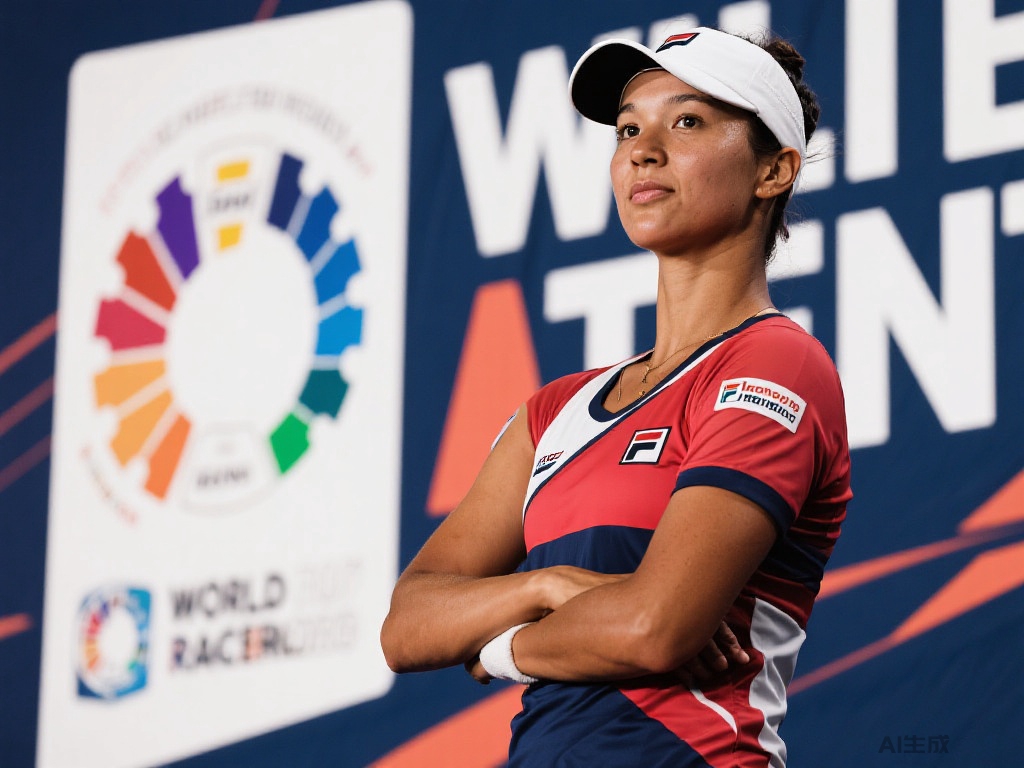“2027年国际足联女子世界杯™ - 女子世界排名揭晓”
发布时间: 2025-08-09T16:51:13+08:00FIFA Womens World Cup 2027 - Womens World Ranking
Imagine a global stage where the fiercest talents in women's football collide, showcasing skill, passion, and determination. As the anticipation builds for the FIFA Women’s World Cup 2027™, one critical factor stands at the forefront: the Women's World Ranking. This ranking not only reflects a team's current standing but also shapes expectations, rivalries, and strategies for the tournament. In this article, we dive into the significance of these rankings, their impact on the upcoming championship, and what fans can expect from top contenders.
Understanding the Importance of Women's World Ranking

The FIFA Women's World Ranking is more than just a list; it’s a dynamic measure of a team's performance over time. Updated regularly, it considers results from international matches, with more recent games carrying greater weight. For the 2027 tournament, these rankings will play a pivotal role in determining seedings, group placements, and even qualification pathways. A higher ranking often translates to a more favorable draw, giving teams a psychological and tactical edge. For fans, it’s a way to gauge which nations, like the reigning champions or emerging underdogs, might dominate or surprise on the world stage.
How Rankings Shape Tournament Dynamics
One of the most intriguing aspects of the FIFA Women’s World Cup is how rankings influence matchups. Teams at the top, such as historical powerhouses like the United States or Germany, often face less challenging early rounds, allowing them to build momentum. However, lower-ranked teams aren’t just there to make up numbers. Take the example of Spain in recent years—once considered an underdog, their climb in the rankings due to consistent performances has made them a serious contender. For 2027, the rankings will be a key indicator of whether such teams can disrupt the traditional hierarchy or if veterans will maintain their grip on the title.
Factors Behind Ranking Fluctuations
Several elements contribute to a team’s position in the Women's World Ranking. Consistent wins, especially against higher-ranked opponents, can propel a nation upward. Conversely, unexpected losses or poor tournament showings can cause a steep drop. Coaching strategies, player development, and even domestic league strength play indirect roles. For instance, nations investing heavily in women’s football, like England with their robust Women’s Super League, often see a positive impact on their international standing. As 2027 approaches, fans should watch how friendly matches and regional tournaments influence these rankings, setting the tone for the World Cup.
Emerging Teams to Watch
While established giants often steal the spotlight, the FIFA Women’s World Cup 2027™ could be a breakout moment for lesser-known teams. Countries like Brazil and Australia have shown flashes of brilliance in recent years, with young talent pushing their rankings higher. Their performances in upcoming qualifiers and friendlies will be crucial. An upset or two in these games could reshuffle the standings, making the tournament even more unpredictable. For fans, keeping an eye on these rising stars adds an extra layer of excitement to the global event.
The Role of Fans and Media in Amplifying Rankings
Beyond the pitch, the Women's World Ranking also fuels discussions among fans and media. A high ranking can boost a team’s visibility, attracting sponsorships and larger audiences. It creates narratives—whether it’s a top team defending their spot or an underdog defying odds. Social media platforms buzz with predictions and analyses as the 2027 event nears, often referencing these standings to back up claims. This interaction not only elevates the sport’s profile but also underscores how rankings are more than numbers; they’re a cultural touchstone for women’s football.







